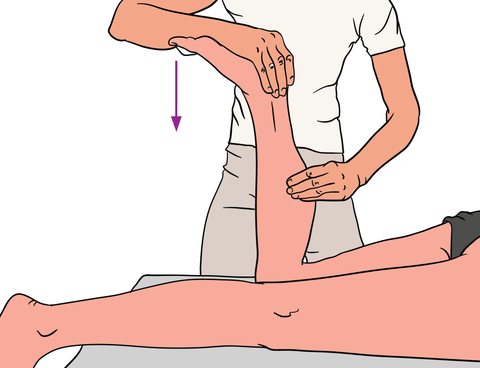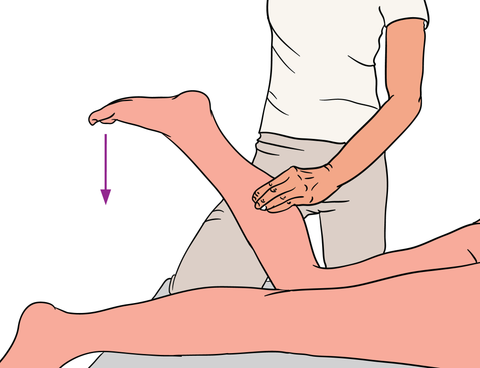Soft Tissue Release (STR)
About Soft Tissue Release (STR)
When administering most massage techniques, the tissues remain passive while the therapist glides through them or works on and across them. With STR, a specific position within the tissues is acquired and it is then the tissues themselves which are moved and elongated.
This makes textural assessment procedures easier. Therapists can pinpoint specific areas more quickly, particularly where there may be several muscle layers with fibres going in different directions. With the stretch, the fibres are re-arranged and elongated for efficient function. Complex soft tissue dysfunction, where many muscle groups and holding patterns are involved, can be remedied because of the specificity of the pressure and the stretch.
Basic Types of STR
There are basically three types of STR: passive, active and weight- bearing. All three involve movement, but in active and weight- bearing STR it is the subject who produces the movement, whereas in passive STR it is the therapist. Passive work provides a good release and can be very relaxing.


Passive STR to the soleus. Lock in and maintain the pressure as the therapist dorsi flexes the foot.
Active Soft Tissue Release
Active STR is more powerful and should be preceded by passive work or other massage to warm up the area. Progression to active work is more energy efficient for the therapist, allowing concentration to be centred on the application of the pressure.
Many subjects prefer to become actively involved with a particular release, especially when areas are painful to work with, because it gives them more personal control.


Active STR to the soleus. Lock in and maintain the pressure as the subject dorsi flexes the foot.
Applying Resistance
Applying resistance during active STR may enhance the release in some cases. As the subject attempts to produce a stretch, but is resisted by the therapist while doing so, isometric muscle contraction takes place in the antagonist muscles; because of this, there is an enhanced relaxation in the muscle undergoing treatment. This effect is known as ‘reciprocal inhibition’ (RI).

Resisted STR to the soleus.
Weight-Bearing Soft Tissue Release
Weight-bearing STR is highly effective in returning an area to full function. The muscles are under tension, and a degree of eccentric contraction will be occurring to control the required movement. Manipulation under this tension may be very severe, and should therefore be the last stage in any treatment program.


Weight-bearing STR to the soleus.
Find a Trigger Point Professional in your area
This trigger point therapy blog is intended to be used for information purposes only and is not intended to be used for medical diagnosis or treatment or to substitute for a medical diagnosis and/or treatment rendered or prescribed by a physician or competent healthcare professional. This information is designed as educational material, but should not be taken as a recommendation for treatment of any particular person or patient. Always consult your physician if you think you need treatment or if you feel unwell.
Disclaimer
The information in this article is intended for educational purposes within the context of continuing education for massage therapists, continuing education for athletic trainers, continuing education for physical therapists, continuing education for chiropractors, and continuing education for rehabilitation professionals. It is not a substitute for medical advice, diagnosis, or treatment. Although every effort has been made to ensure accuracy and reflect current understanding at the time of publication, practitioners must always work within the legal scope of their professional practice and follow all regional regulatory guidelines.
Hands-on techniques and clinical applications described in this material should only be performed by appropriately trained and licensed professionals. Individuals experiencing pain or symptoms should be referred to a qualified healthcare provider for assessment. Niel Asher Education is not responsible for any injury, loss, or damage resulting from the use or misuse of the information provided in this content.

Continuing Professional Education
Looking for Massage Therapy CEUs, PT and ATC continuing education, chiropractic CE, or advanced manual therapy training? Explore our evidence-based online courses designed for hands-on professionals.



















